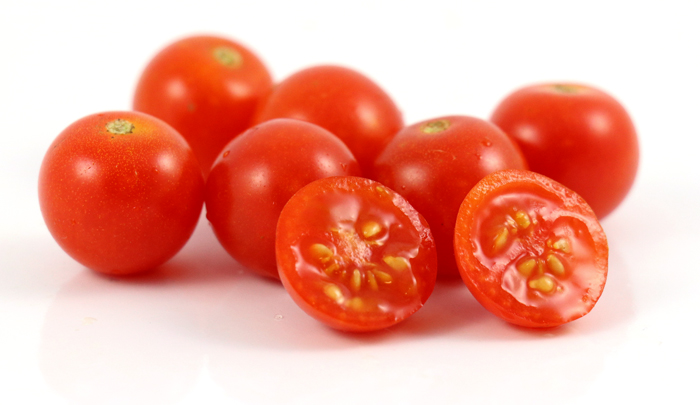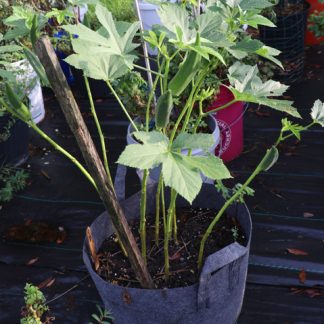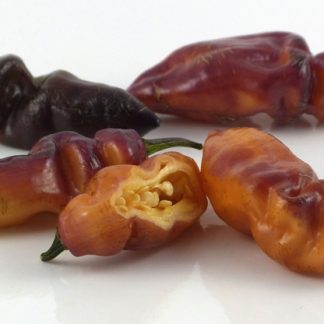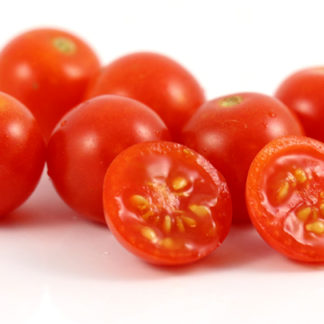Tomadose des Comores
$2.50
- Grown, sold, and described by Bunny Hop Seeds
- Plant growth: indeterminate
- Leaf type: regular leaf
- Time to maturity: midseason
- Approx. number of seeds per pack: 15+
- Germination tested after Hot Water Seed Treatment for Fungal and Bacterial Diseases
“Tomadose des Comores” is firstly the most delicious small red cherry tomato I have eaten so far, being sugar sweet and of excellent texture in my 2021 trial. It is secondly a variety of mystery. Let’s talk about that, and I must shorten my discussion here to fit on the page. My seed packet was labeled, “Tonadose des Conores, A rare French heirloom.” There does not seem to be a translation of this spelling in any language. I came upon several speculations that the correct word is “Comores,” which is the French word for “Comoros,” which is the country consisting of a group of islands in the Indian Ocean, roughly located between Madagascar and East Africa. One of the major islands is still considered a region of France, while the other islands collectively make up the Union of the Comoros. Okay. So we have a tomato that possibly came from some part of Comoros, perhaps brought into France from Mayotte (my own ignorant speculation), which has been a possession of France since 1841. But what about “Tomadose?” I read a claim that the word is translated from French and means “cherry tomato”; however, the French term is “tomate cerise.” What REALLY interests me is that the translations I can find of “tomadose des” are Spanish and some Portuguese, meaning “taken from.” A Portuguese translation of “Tomadose des Comores,” (to English) is “taken from the Comoros.” Another resource claimed that “tomadose” is what residents of “Antilles and French Guyana” (André Charrier et al., ed., Tropical Plant Breeding) call the wild cherry tomato “Lycopersicum esculentum var. cerasiforme.” Yet, this “L. esculentum var. cerasiforme” originated (so far as we know) in Peru…which was settled by the Portuguese in the early 1700s. This tomato was “taken from” Peru and distributed to many places. I am wondering if the Portuguese term for “taken from” became mistakenly thought to refer to this tomato, rather than a tomato taken from somewhere. It makes sense to me (and probably to nobody else) that this variety is NOT an heirloom from France…it may have been grown in France but it was brought there from Comoros. It seems that this might be a Comorian heirloom, if we consider that the variety changed at all from its original form in Peru. This variety was “taken from Comoros,” possibly by the French to France, and became known as “Tomadose des Comores.”
ONE PACKET PER ORDER PLEASE
7 in stock







